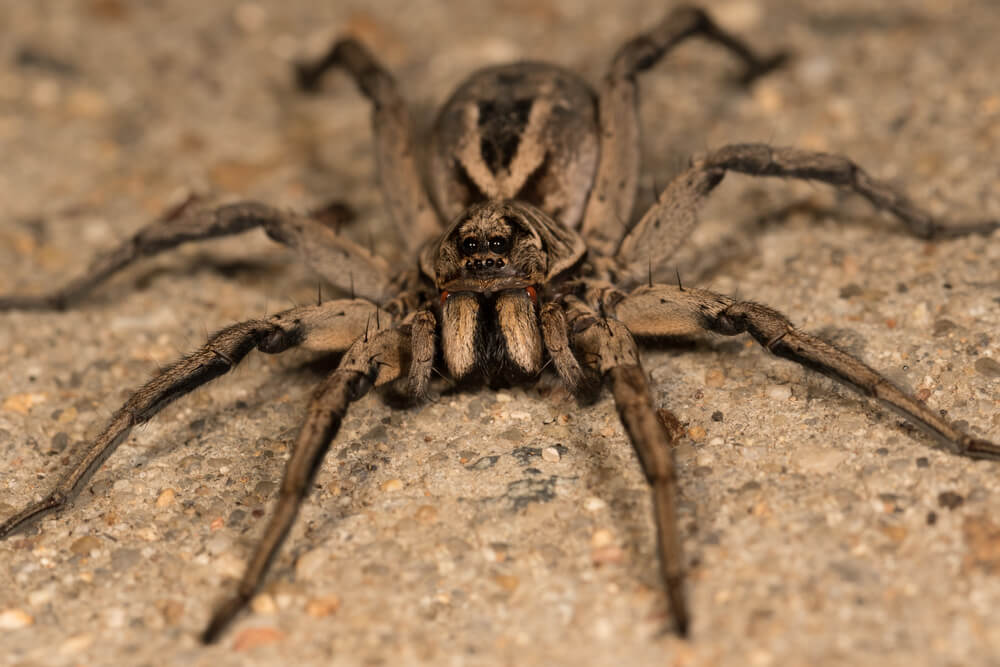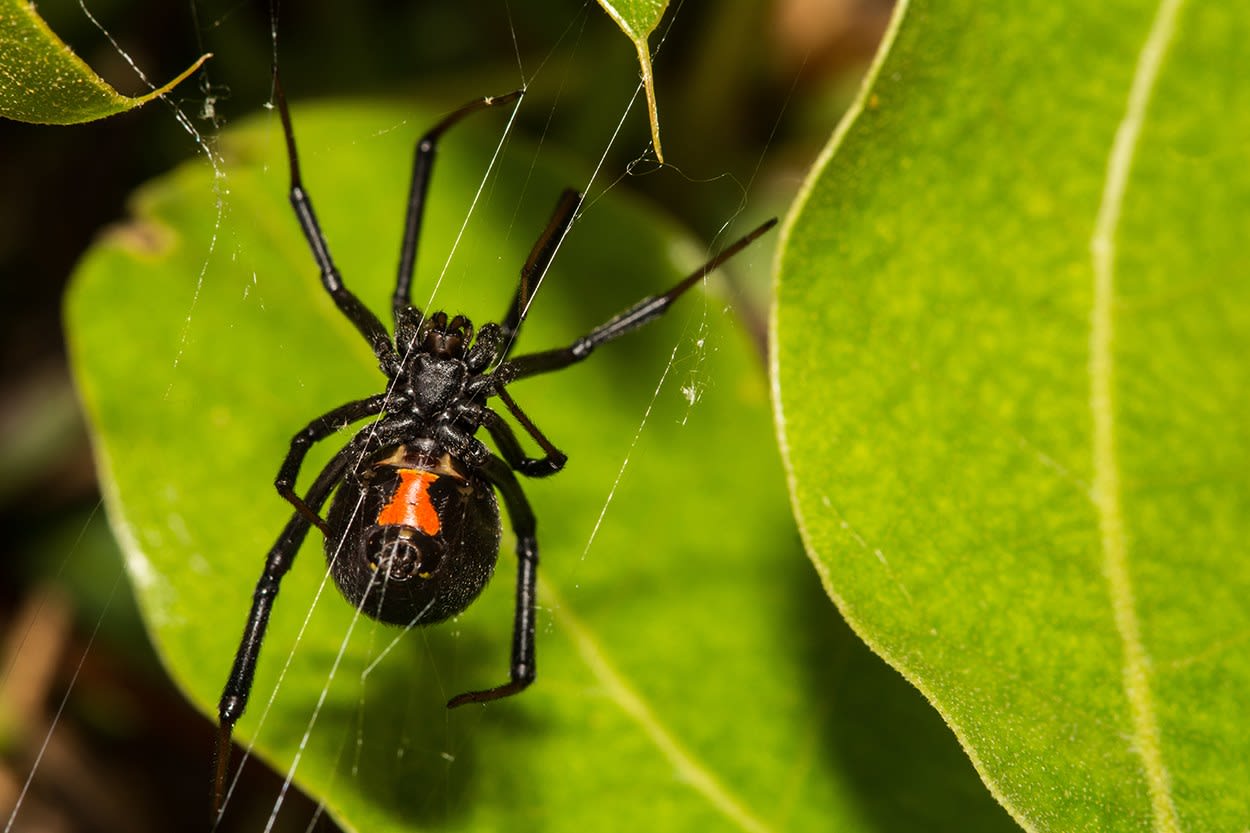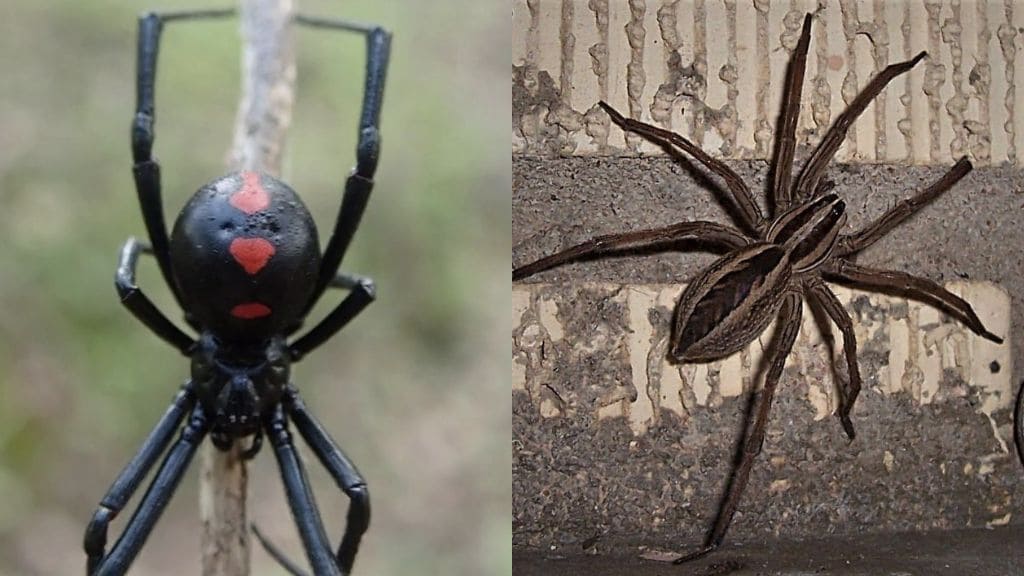Understanding Wolf Spiders

Physical Appearance
Wolf spiders are quite distinctive in appearance, often causing a bit of a scare due to their large size and hairy bodies. Typically ranging from 0.5 to 2 inches in length, wolf spiders are covered in dense hairs that give them a furry appearance. They are generally brown or black, with various markings or stripes that help them blend into their surroundings.
Behavior and Hunting
Unlike many spiders, wolf spiders are active hunters. They don’t spin webs to catch their prey; instead, they chase down insects and other small creatures. Their speed and agility make them formidable predators. They are known for their wolf-like hunting behavior, hence their name. Wolf spiders are solitary and primarily nocturnal, making them more active during the night when they hunt.
Habitat
Wolf spiders are highly adaptable and can be found in a variety of habitats. They prefer ground-level environments like under rocks, logs, and leaf litter. You might encounter them in gardens, forests, and even inside homes. In domestic settings, they are often seen in basements, garages, and around door frames.
Venom and Bite
Wolf spiders are venomous, but their venom is generally not harmful to humans. A bite from a wolf spider can cause localized pain, redness, and itching. It may resemble a bee sting in terms of discomfort. For individuals with allergies, however, the bite might lead to more severe reactions such as dizziness or nausea. Thankfully, fatalities are extremely rare.
Examining Black Widow Spiders

Distinctive Features
Black widow spiders are easily recognizable due to their glossy black bodies and the distinctive red hourglass shape on their abdomen. This striking coloration is a warning sign to potential predators about their toxicity. Adult female black widows are particularly notorious for their venomous bite, while males and juveniles are less dangerous.
Behavior and Habitat
Black widows are not as aggressive as their appearance might suggest. They tend to be reclusive and build their irregular webs in dark, undisturbed places such as sheds, basements, and wood piles. They are also commonly found in cracks and crevices. Unlike wolf spiders, black widows are not active hunters but rather sit and wait for their prey to come into their web.
Venom and Effects
The venom of a black widow is neurotoxic and can have severe effects on humans. A bite typically feels like a pinprick but can lead to intense pain, muscle cramping, and systemic symptoms such as nausea and difficulty breathing. Though fatalities are rare, black widow bites can be very dangerous, especially for the elderly, children, and those with weakened immune systems. Immediate medical attention is recommended for anyone bitten by a black widow.
Comparing Danger Levels
Wolf Spider vs. Black Widow: A Safety Perspective
While both spiders can be unsettling, their danger levels vary significantly. Wolf spiders, despite their intimidating appearance, are relatively harmless. Their bites, while painful, are usually not life-threatening. Black widow spiders, on the other hand, pose a much greater risk due to their potent venom. Their bites require prompt medical attention, and the effects can be severe if not treated properly.
Prevention and Safety Tips
**1. Minimize Exposure: To reduce encounters with either spider, it’s essential to keep your environment clean and clutter-free.
**2. Protective Measures: When handling items stored in dark or dusty areas, such as old clothing or garden tools, wear gloves to avoid direct contact with spiders.
**3. Home Maintenance: Regularly inspect and seal cracks in walls, doors, and windows to prevent spiders from entering your home.
**4. Pest Control: For persistent spider problems, consider professional pest control services to manage and eliminate spider populations effectively.
Practical Advice for Identifying Spiders

Distinguishing Features
To correctly identify these spiders, observe their size, color, and behavior. Wolf spiders are large and hairy, often seen running across the ground. Black widows are smaller with a smooth, shiny body and a distinctive red hourglass marking.
Behavioral Cues
Understanding their behavior can also aid in identification. Wolf spiders are active hunters and are often seen moving around at night. Black widows, in contrast, remain hidden in their webs and are more likely to be found in undisturbed corners.
Handling Spider Encounters

What to Do if Bitten
If bitten by a wolf spider, clean the wound and apply a cold compress to reduce pain and swelling. If you experience an allergic reaction or severe symptoms, seek medical attention. For black widow bites, it’s crucial to get medical help immediately, as antivenom may be required.
When to Call Professionals
If you suspect a black widow spider infestation or are unsure about handling spiders, contact a pest control professional. They have the expertise and tools to safely manage and eliminate spiders from your property.
Frequently Asked Questions (FAQs)
1. What is the difference between a wolf spider and a black widow spider?
Wolf Spider: Characterized by its large, hairy body and fast-moving nature, wolf spiders are typically brown or black with stripes. They are ground hunters and are generally not harmful to humans, though their bites can cause localized pain and itching.
Black Widow Spider: Recognizable by its glossy black body and red hourglass marking, the black widow spider is known for its potent neurotoxic venom. It builds irregular webs and tends to hide in dark, undisturbed places. A bite from a black widow can cause severe pain, muscle cramping, and systemic symptoms.
2. Are wolf spiders dangerous to humans?
Wolf spiders are not considered highly dangerous to humans. Their bites can cause localized pain, redness, and itching similar to a bee sting. Severe reactions are rare and usually occur only in individuals with allergies. The bite is generally not fatal.
3. How dangerous are black widow spider bites?
Black widow spider bites are considered dangerous due to their neurotoxic venom. Symptoms can include intense pain, muscle cramps, nausea, and in severe cases, difficulty breathing. While fatalities are rare, bites require immediate medical attention, especially for the elderly, children, and those with weakened immune systems.
4. How can I prevent wolf and black widow spiders from entering my home?
- Tidy Up: Remove debris and clutter around your home, especially in dark, undisturbed areas.
- Seal Entry Points: Install door sweeps, seal cracks in walls, and use caulk to prevent spiders from entering.
- Proper Storage: Store items in sealed plastic bins instead of cardboard boxes.
- Remove Webs: Regularly clean up spider webs inside and outside your home.
5. What should I do if I find a black widow spider in my home?
If you find a black widow spider, it’s best to avoid direct contact. Use a flat object, vacuum, or spider-killing spray to remove it, but consider contacting a professional pest control service for a thorough inspection and removal, especially if you suspect an infestation.
Conclusion
While both wolf spiders and black widow spiders can cause concern, their danger levels are significantly different. Wolf spiders, with their intimidating appearance and hunting behavior, are relatively harmless compared to the black widow. The black widow’s venomous bite poses a serious health risk and requires prompt medical intervention.
Understanding these spiders’ physical characteristics, behavior, and potential risks can help you take appropriate measures to avoid encounters and manage any spider issues you might face. Whether you’re dealing with a spider problem or simply curious about these fascinating creatures, this guide provides a comprehensive overview to help you navigate the world of spiders with greater confidence.

